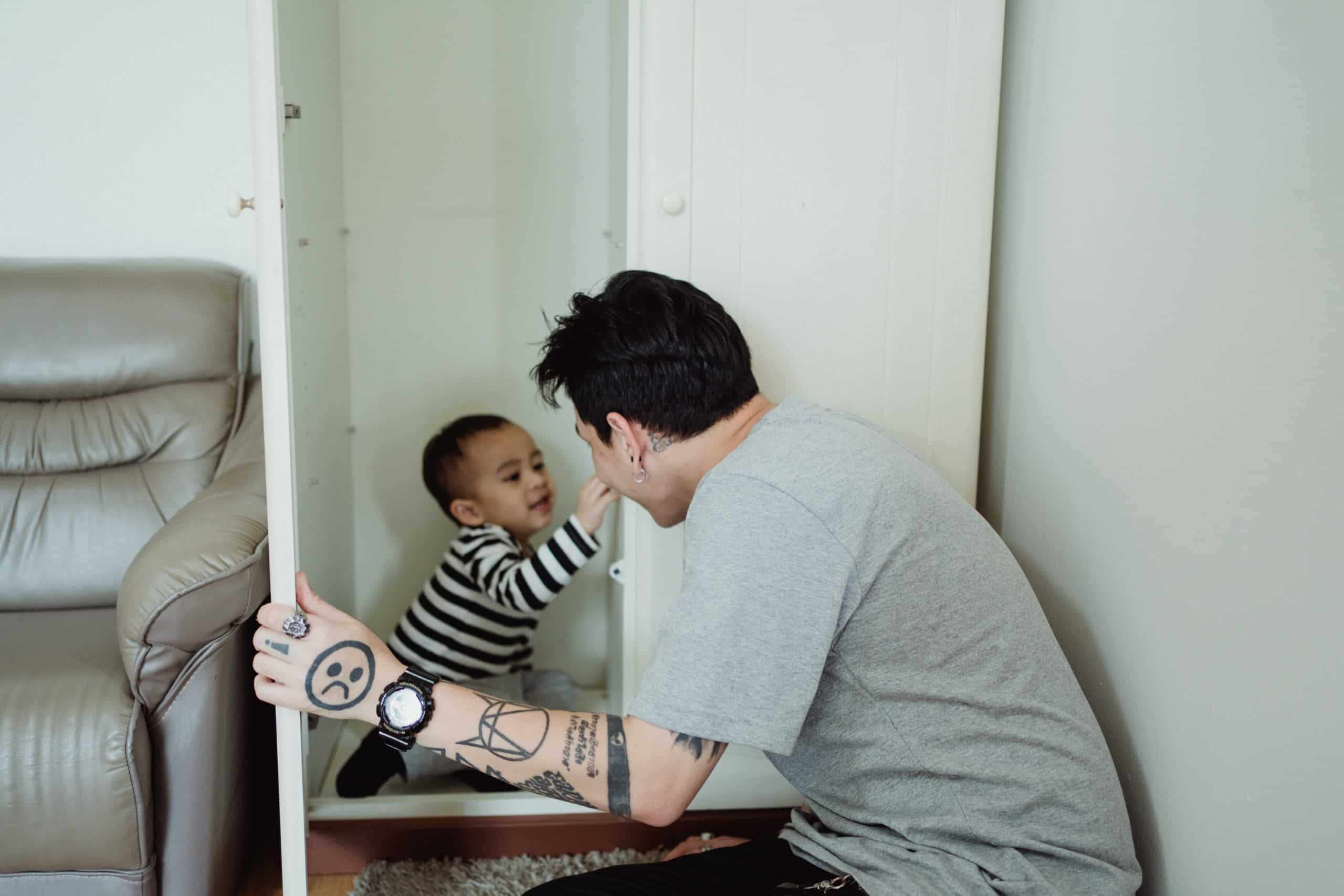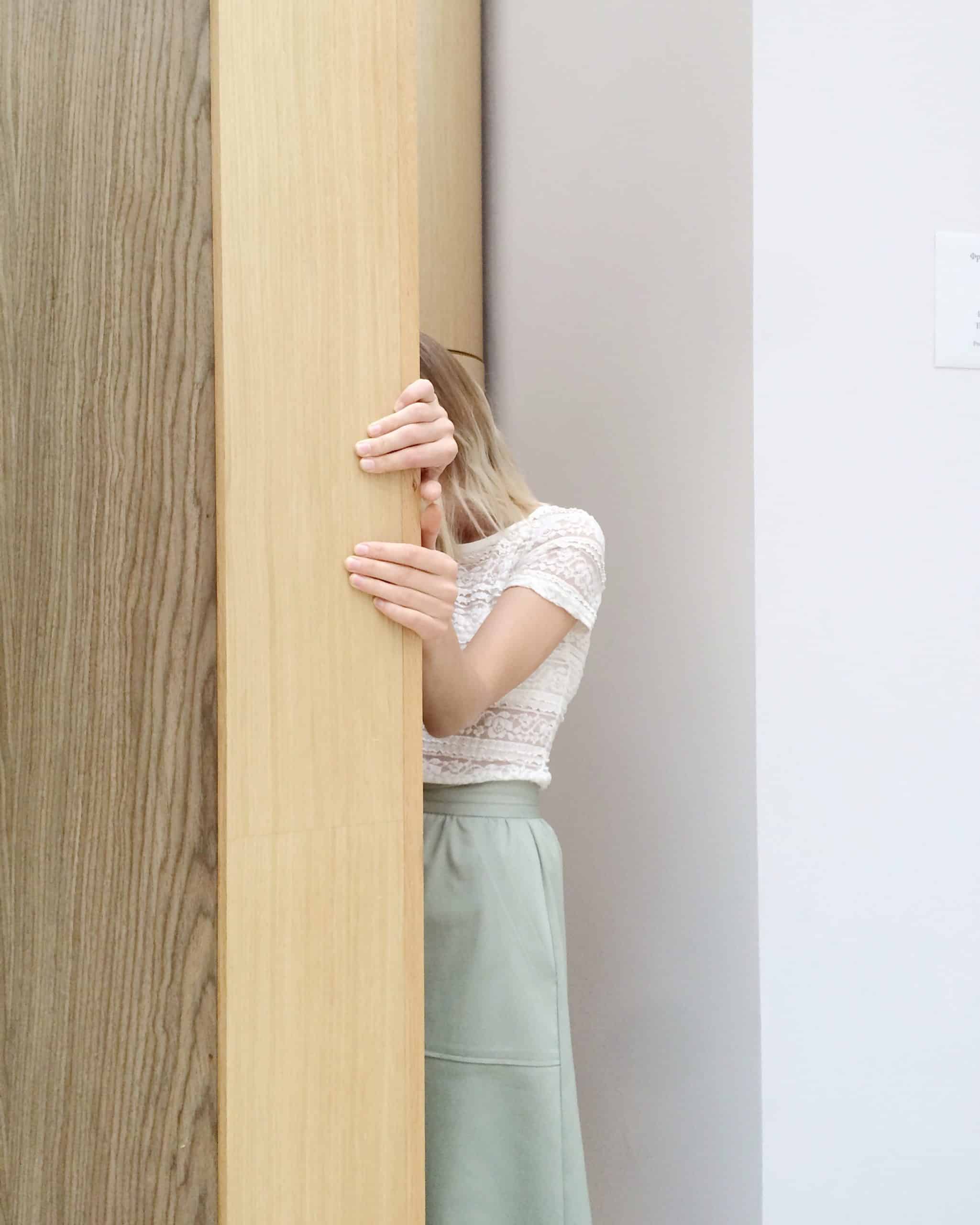Table of Contents
“It’s a joy to be hidden, and a disaster not to be found” – Winnicott, 1965
Hide-and-seek, the children’s game that involves transitory separations and reunions, is well-known and popular across all cultures. Peekaboo, an earlier form of hide-and-seek, similarly plays with the disappearance and re-emergence of the other. Such games are fun and thrilling. More importantly they illustrate the relational concept of “seeing and being seen”, of “being lost and found”.
Why do we hide?
At the heart of our existence is a drive toward connectedness and forming relationships. From the beginnings of life, we seek solace in securely attaching to our caregiver, and in the nourishment they provide, emotional and otherwise. When a child expresses excitement and joy, the mirroring of such creates an emotional space where the child is celebrated and validated. Conversely, when that exuberance is met with disinterest, flatness or harshness, an excruciating feeling of shame is birthed, causing a retreat of the self. The more often the latter occurs, overtime the further away the self hides; diminishing and disappearing, eventually disconnecting from others.
We create a multitude of hiding spots, consciously and less than consciously. We may hide by keeping silent, by being non-communicative; we may believe there is nothing about the self worth sharing. We may hide by continually distracting ourselves, to avoid the felt emptiness in the quiet. Staying hidden affords some sense of safety and can defend against the pain of being made to feel like we don’t matter. However, the danger lies in being so far hidden the true self becomes forgotten; buried under the busyness of external events and everyday affairs, waiting to be found.
The power of being seen
Ever had the experience of someone else saying something that resonated deeply with you? Whatever that was kept in the dark, that could not be articulated suddenly receives light. In that shared moment, transformation happens. One isn’t so alone in the world anymore, he is found.
In our childhood hiding games, when one locks eyes with the other, the anxiety that arises from being briefly lost dissolves into the delight of being found; the delight of the self being found in the eyes of another. There is no need for words, yet in that moment; the child is instantly acknowledged and reassured/supported for his presence as a separate self. This powerful message of “I see you” (i.e. I see you for who you are, and I delight in you being you) is fundamental in learning one’s own value and self-worth. The child who is seen knows his intrinsic value and is more self-assured, and therefore need not rely heavily on external validation and/or reassurance.
When we breathe air into our hidden selves; the shameful parts that could not be expressed, we give them life and we become better integrated. Only then can we have more genuine interactions with others and allow ourselves to be truly seen in the eyes of another; only then can our fantasy of being found become a reality.
References
Winnicott, D. (1965). The maturational process and the facilitating environment: Studies in the theory of emotional development. New York: International Universities Press.

I am a clinical psychologist with over 8 years of experience working with adolescents and adults across a variety of Government and Community settings in Western Australia and Singapore. This includes individuals within in- and out-patient hospitals, rehabilitation centres, and in prison settings. I work primarily from dynamically oriented and attachment based approaches, where my focus is on addressing underlying issues that often mask as problematic symptoms. I believe in the value of attending to core issues and the context with which one’s distress develops, lest they remain under- or unprocessed, creating other problems that can manifest in various ways later in life.





